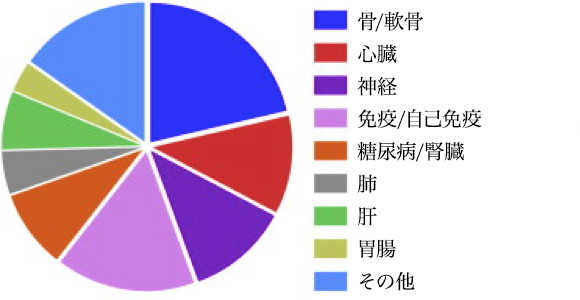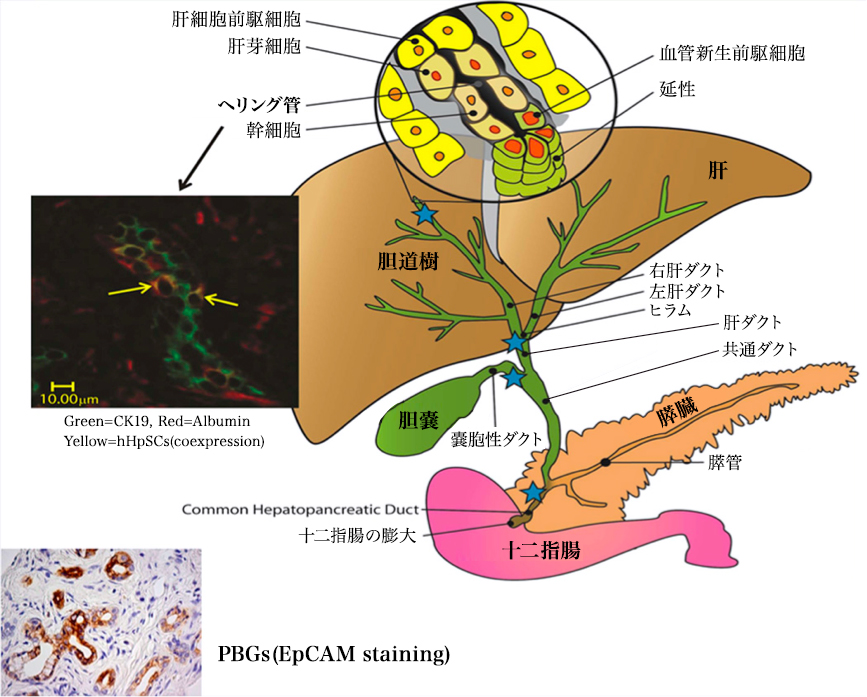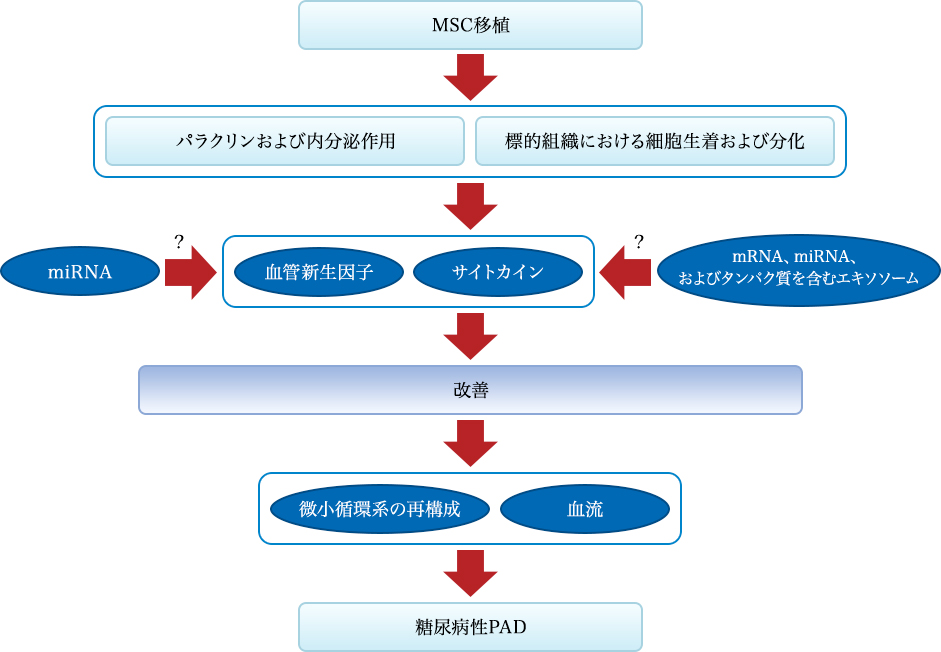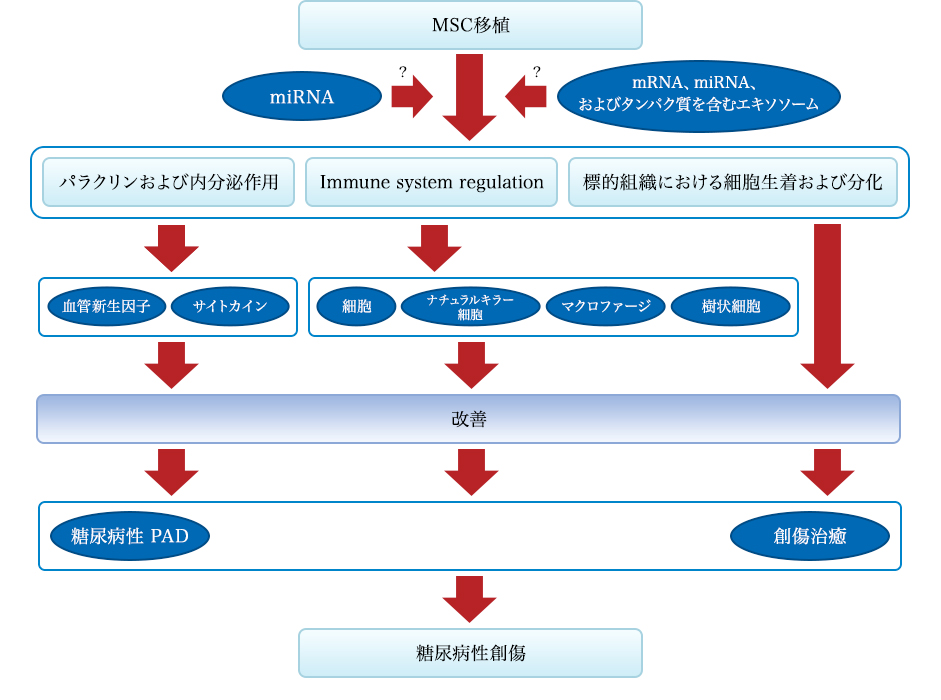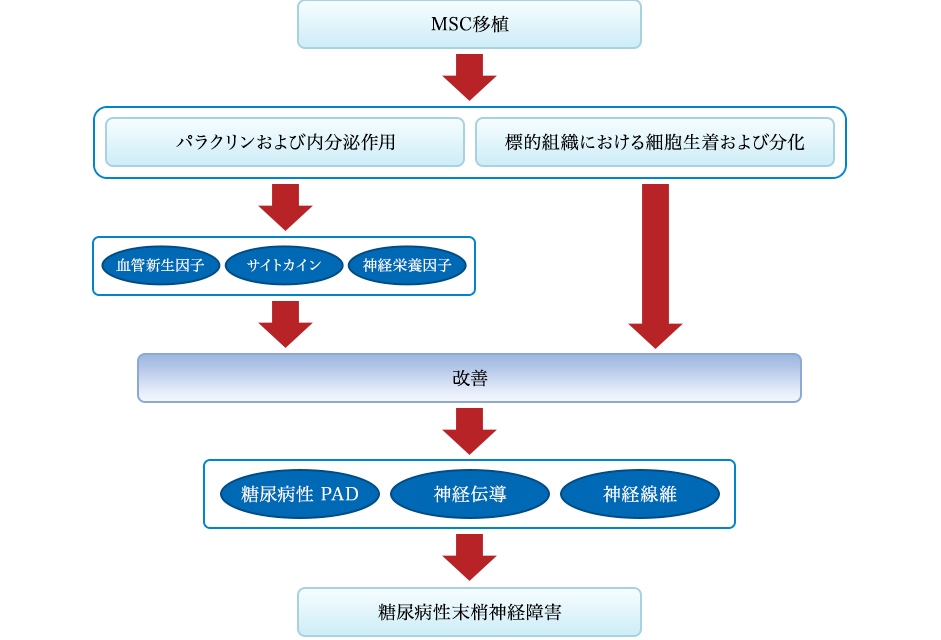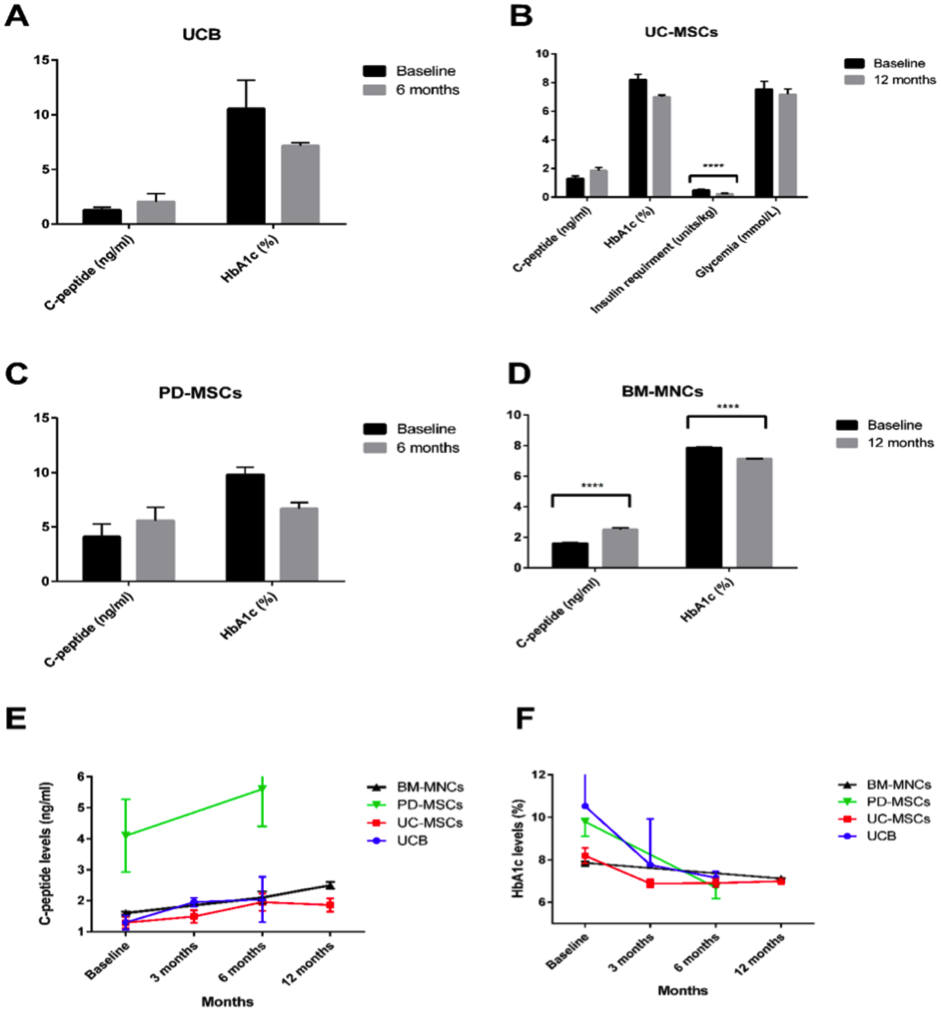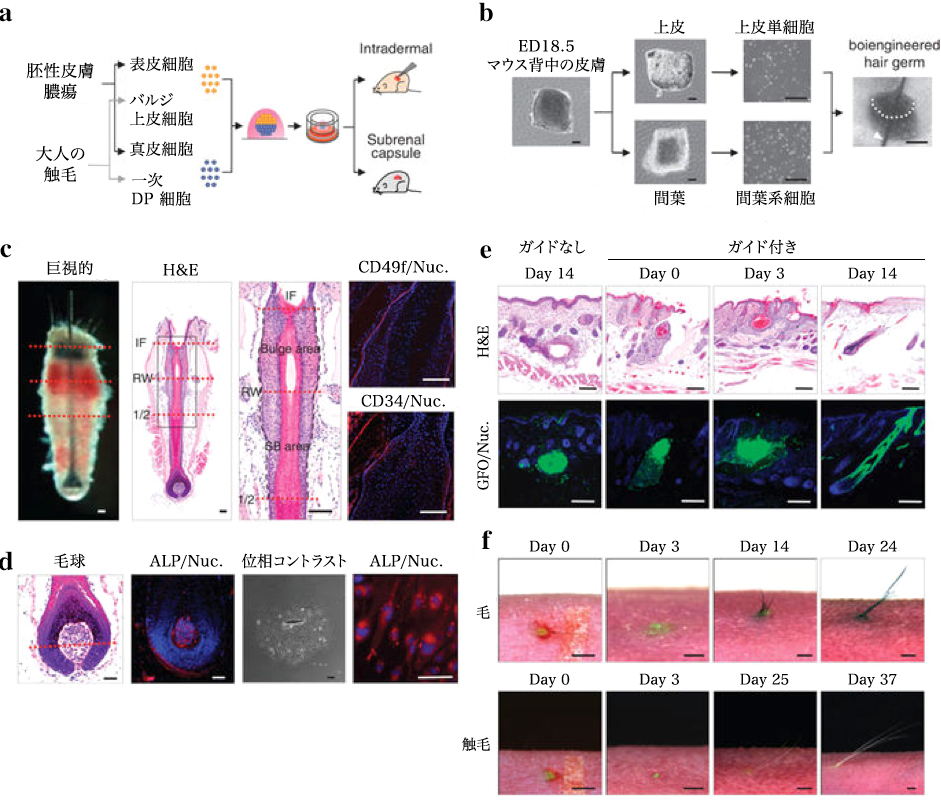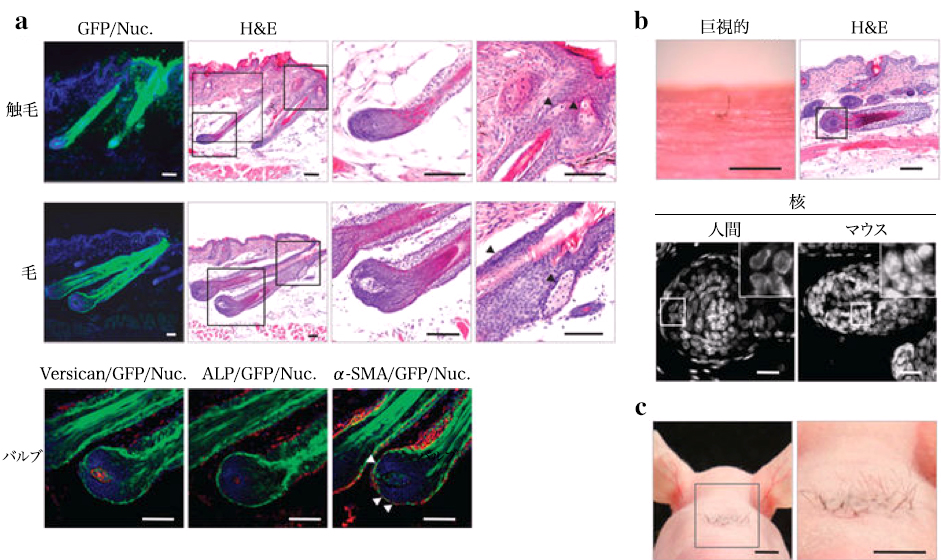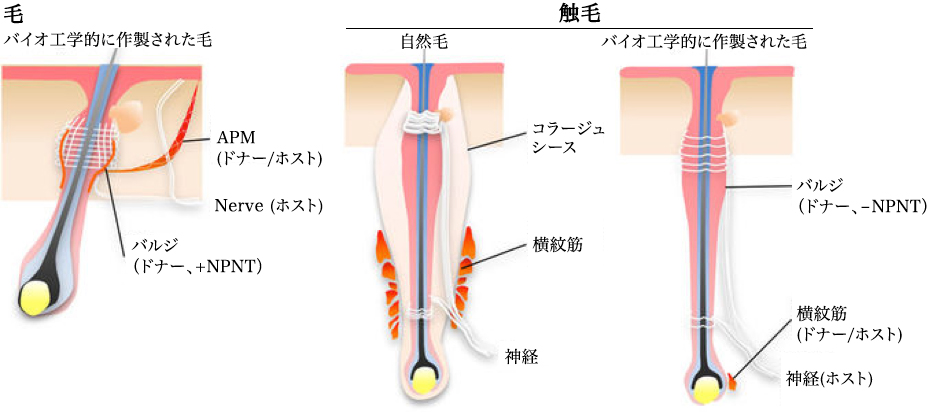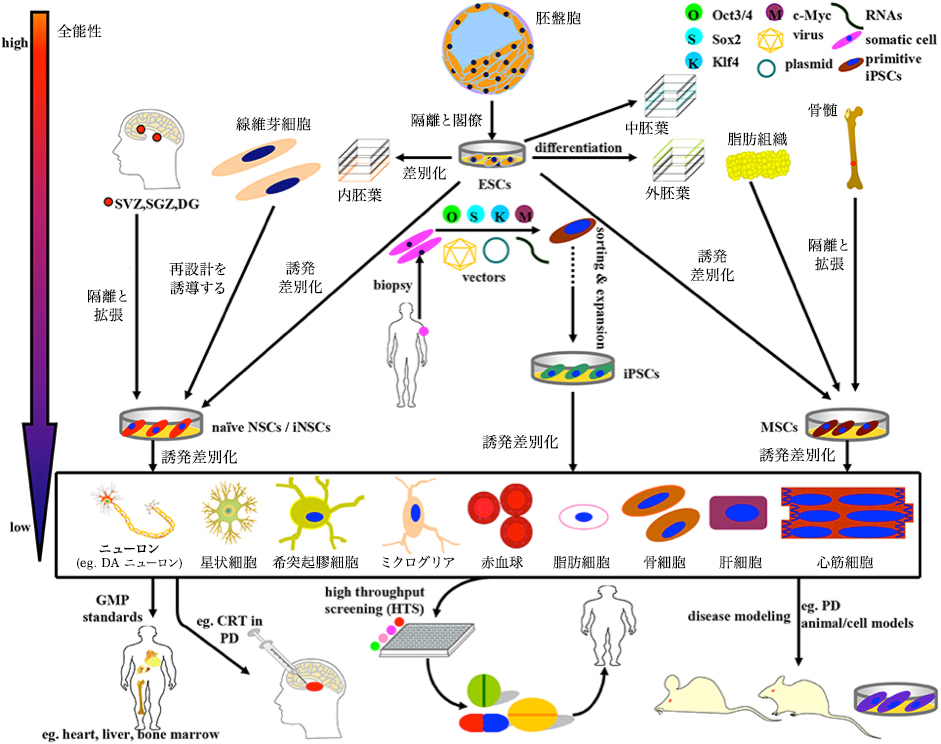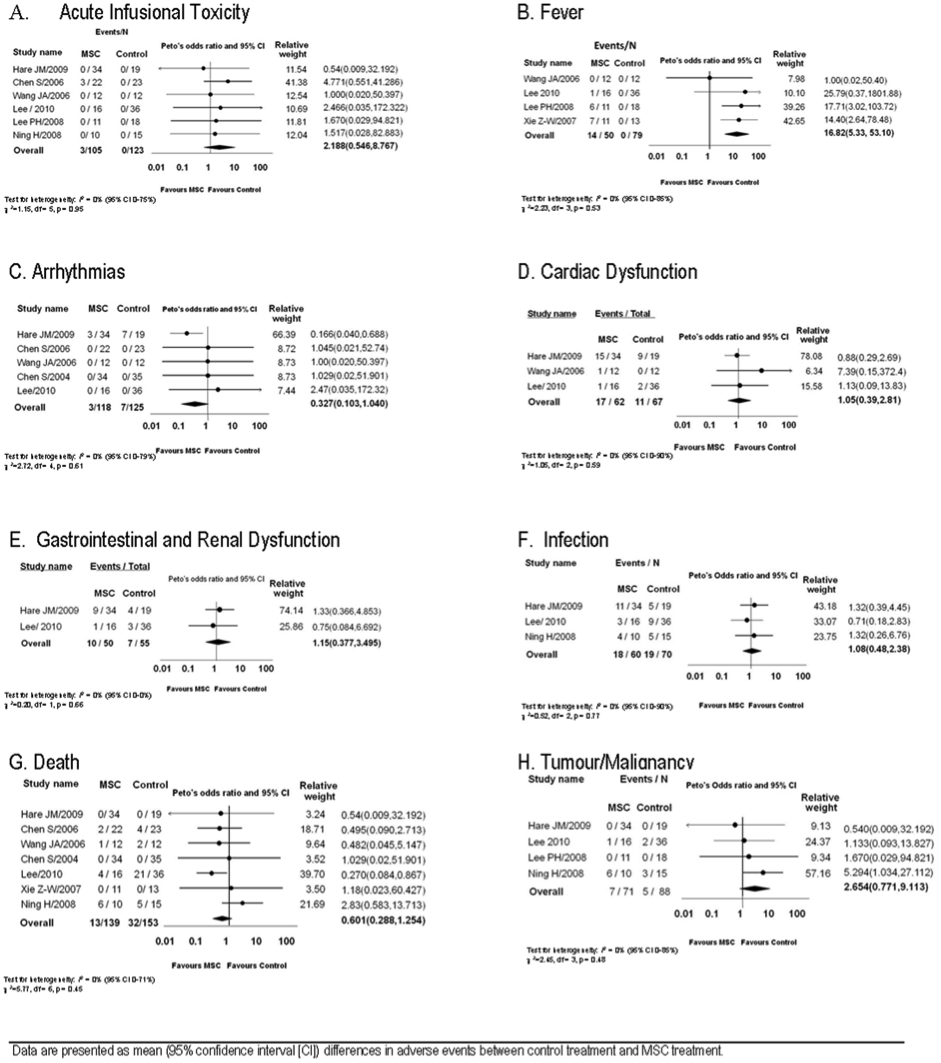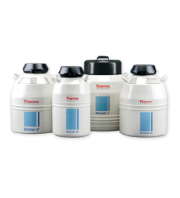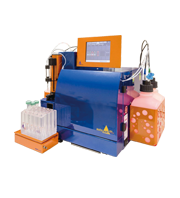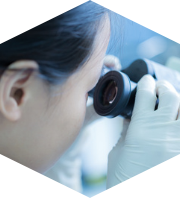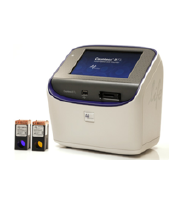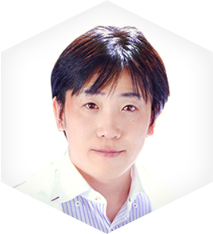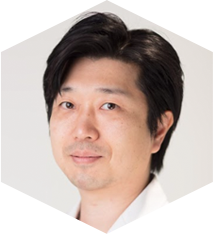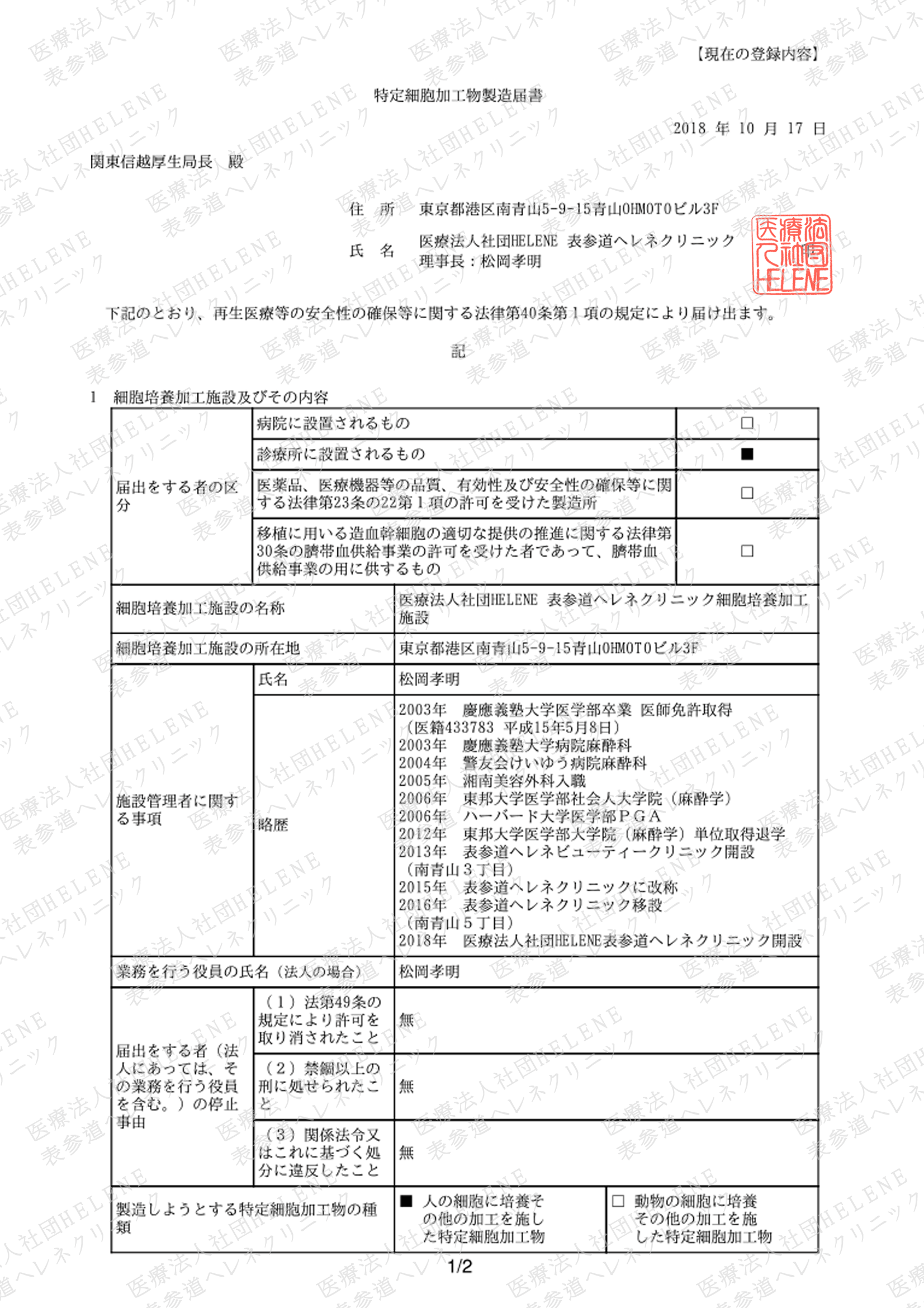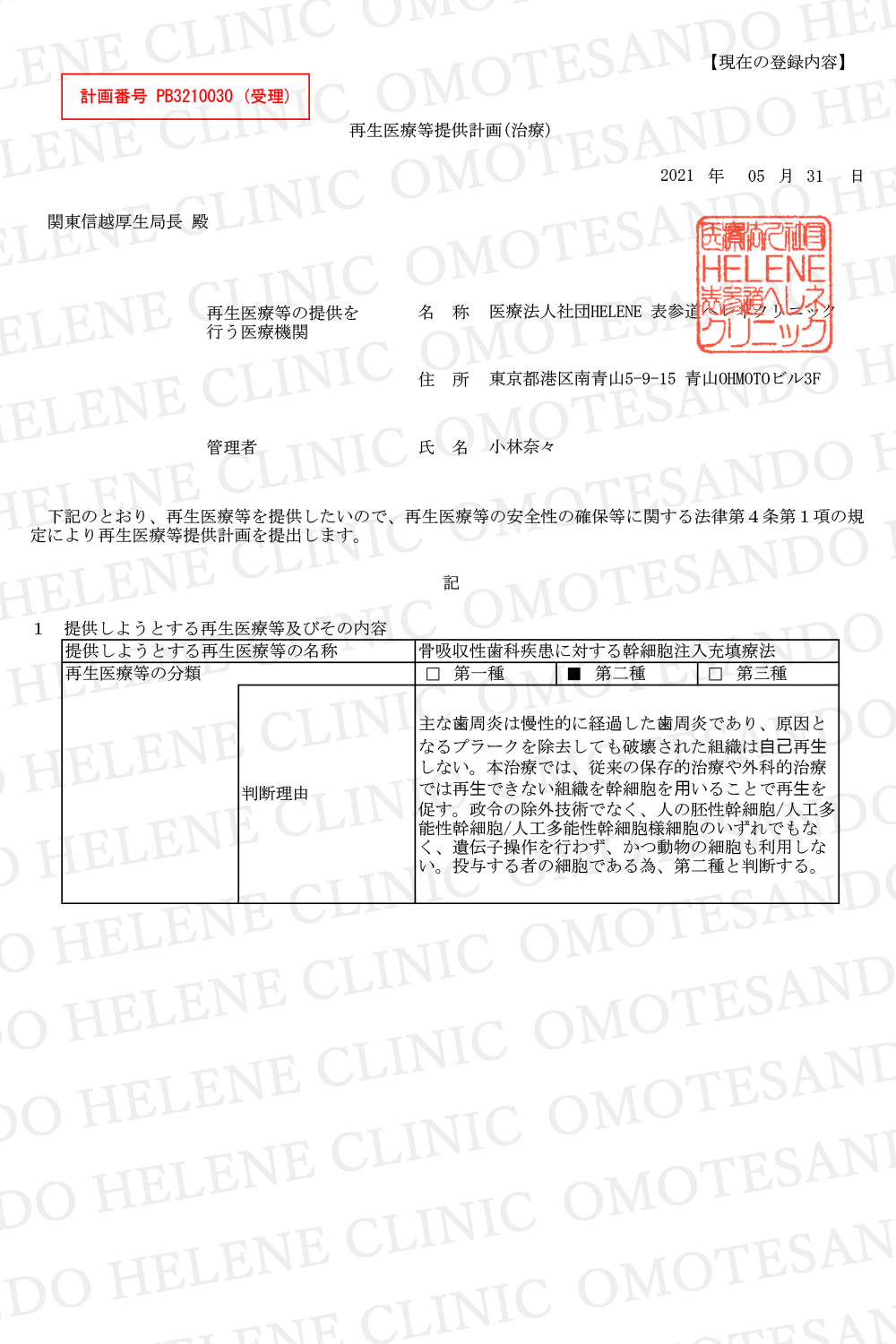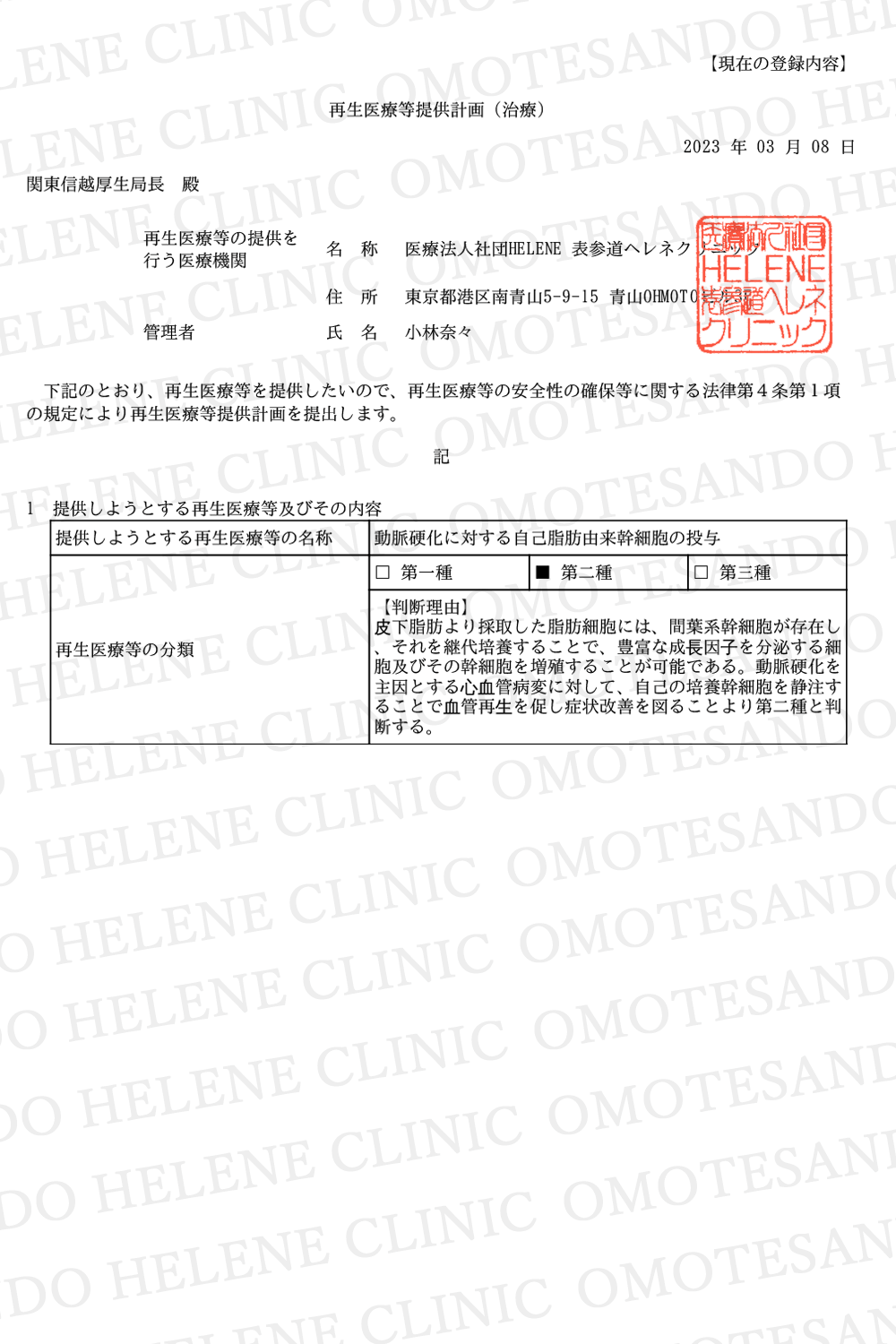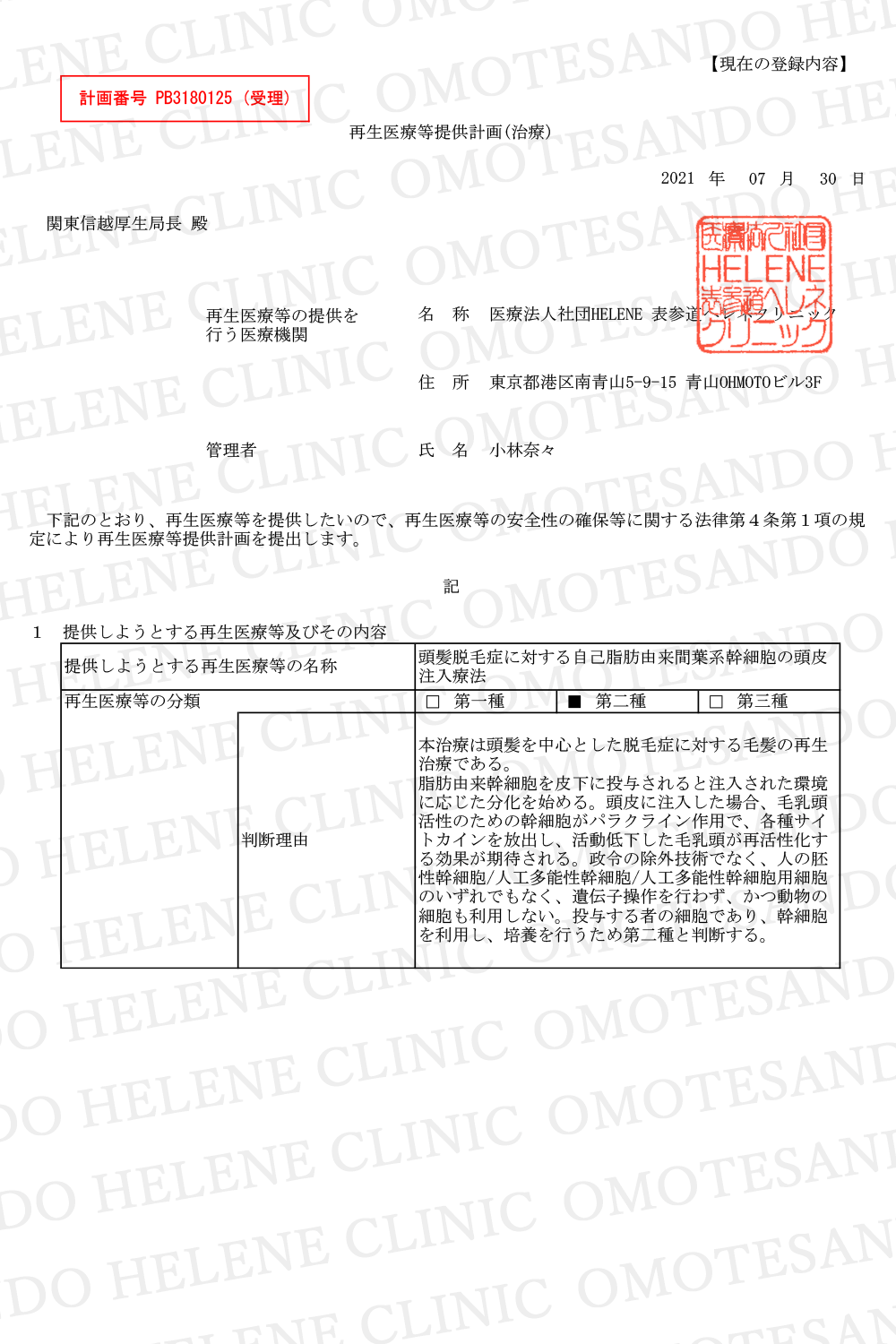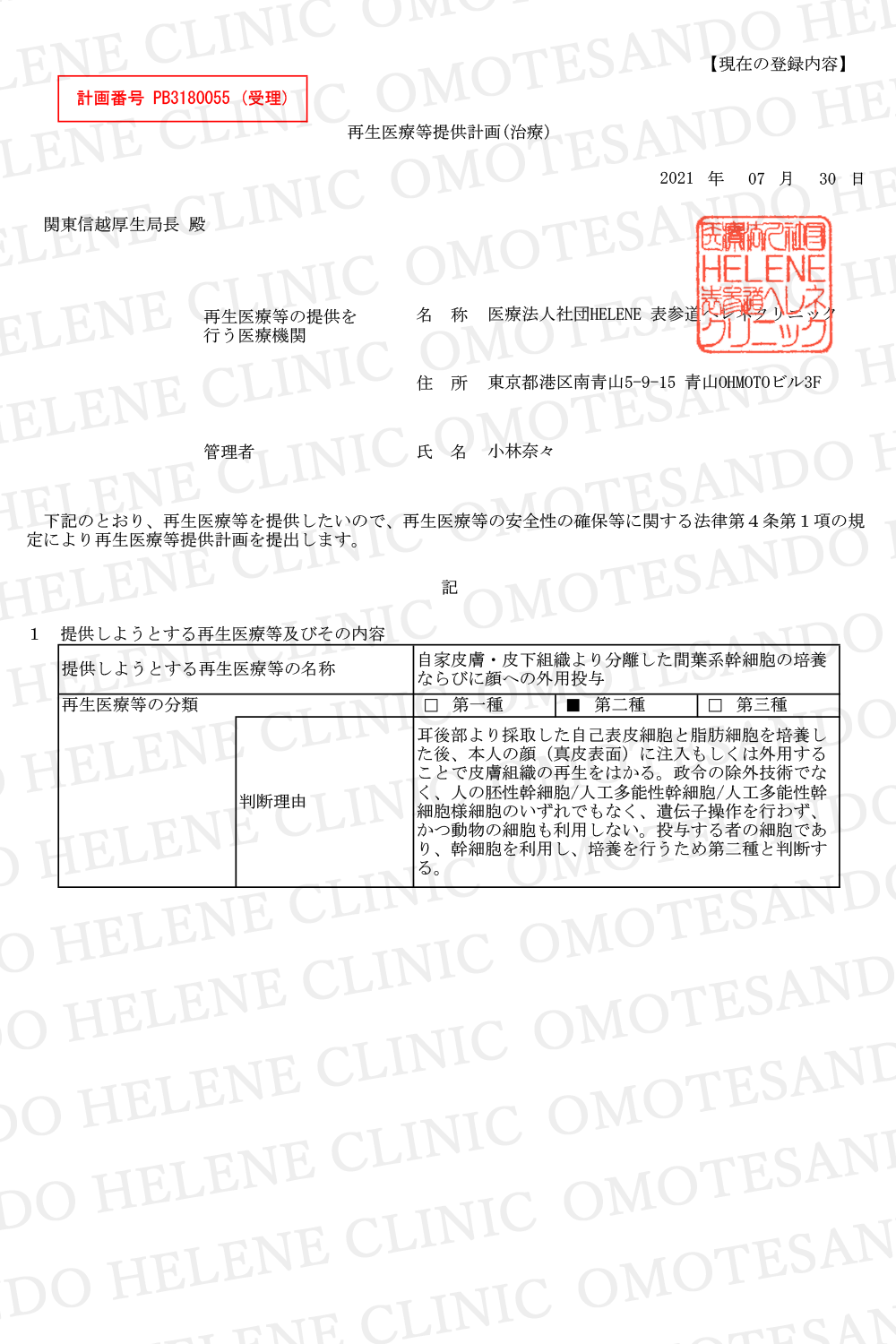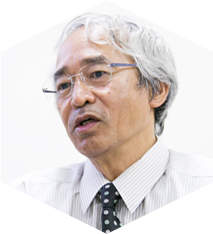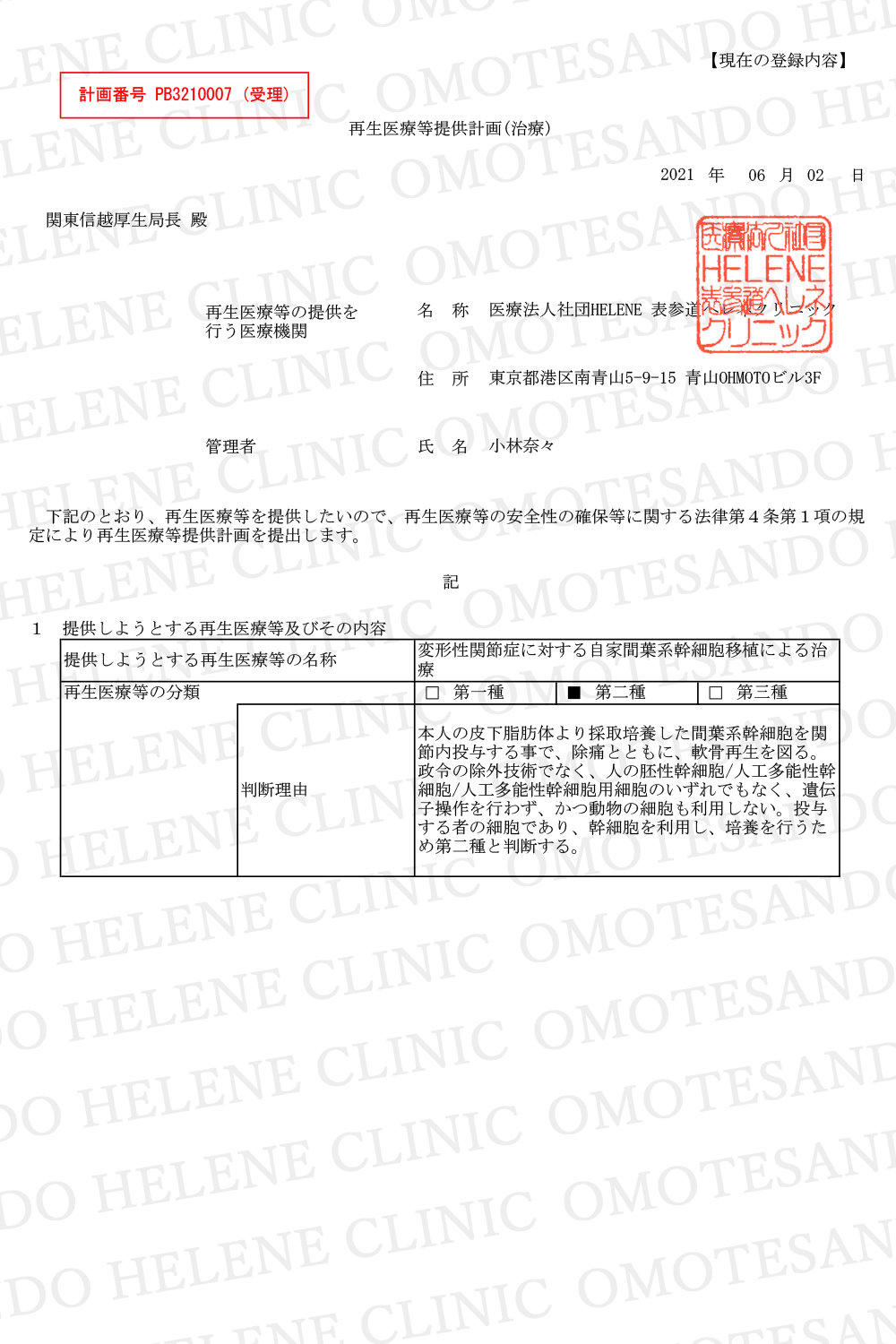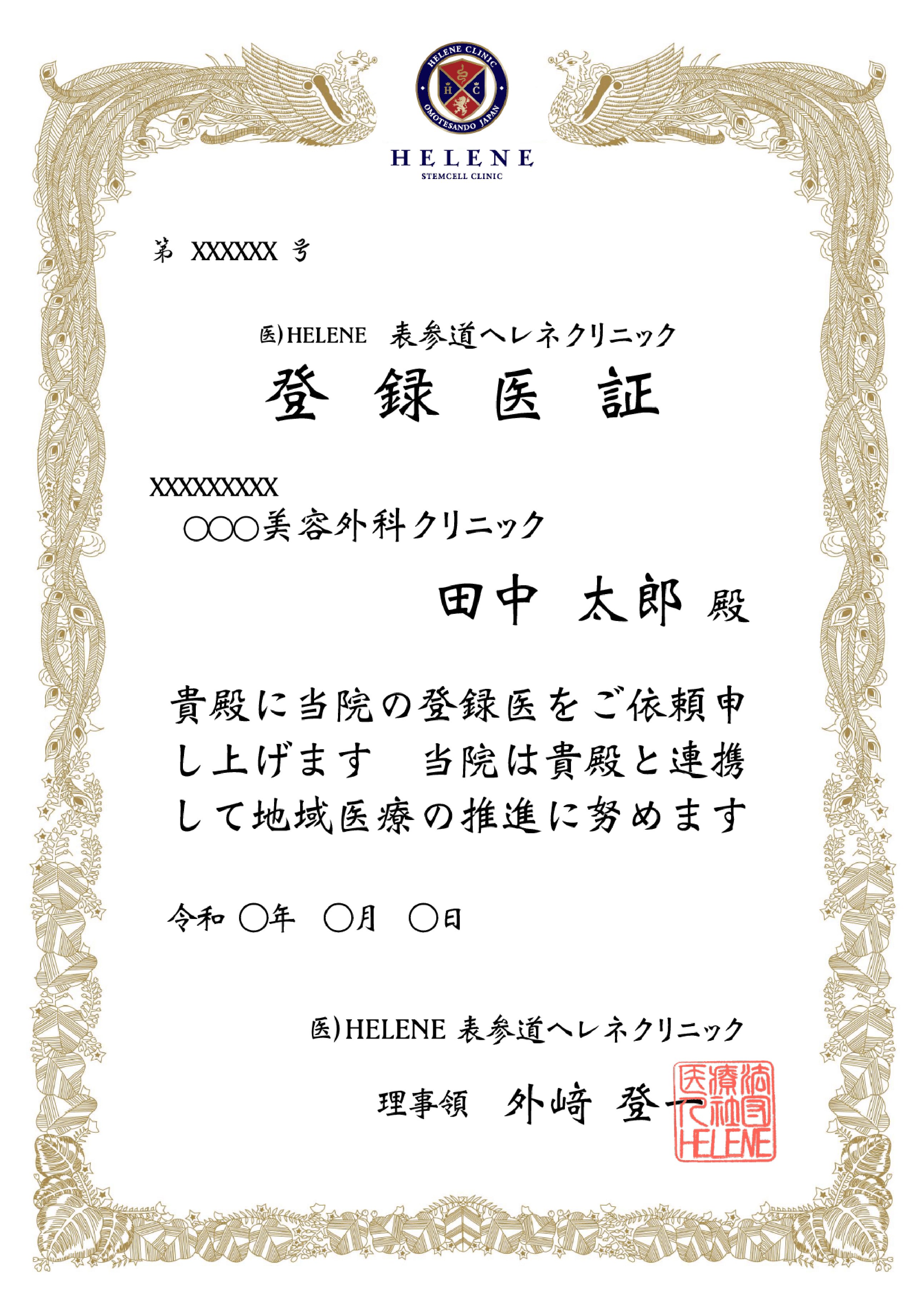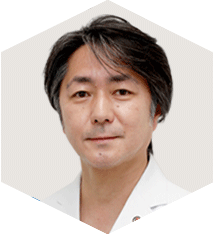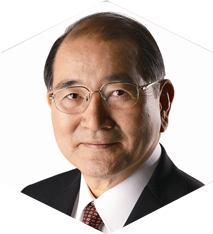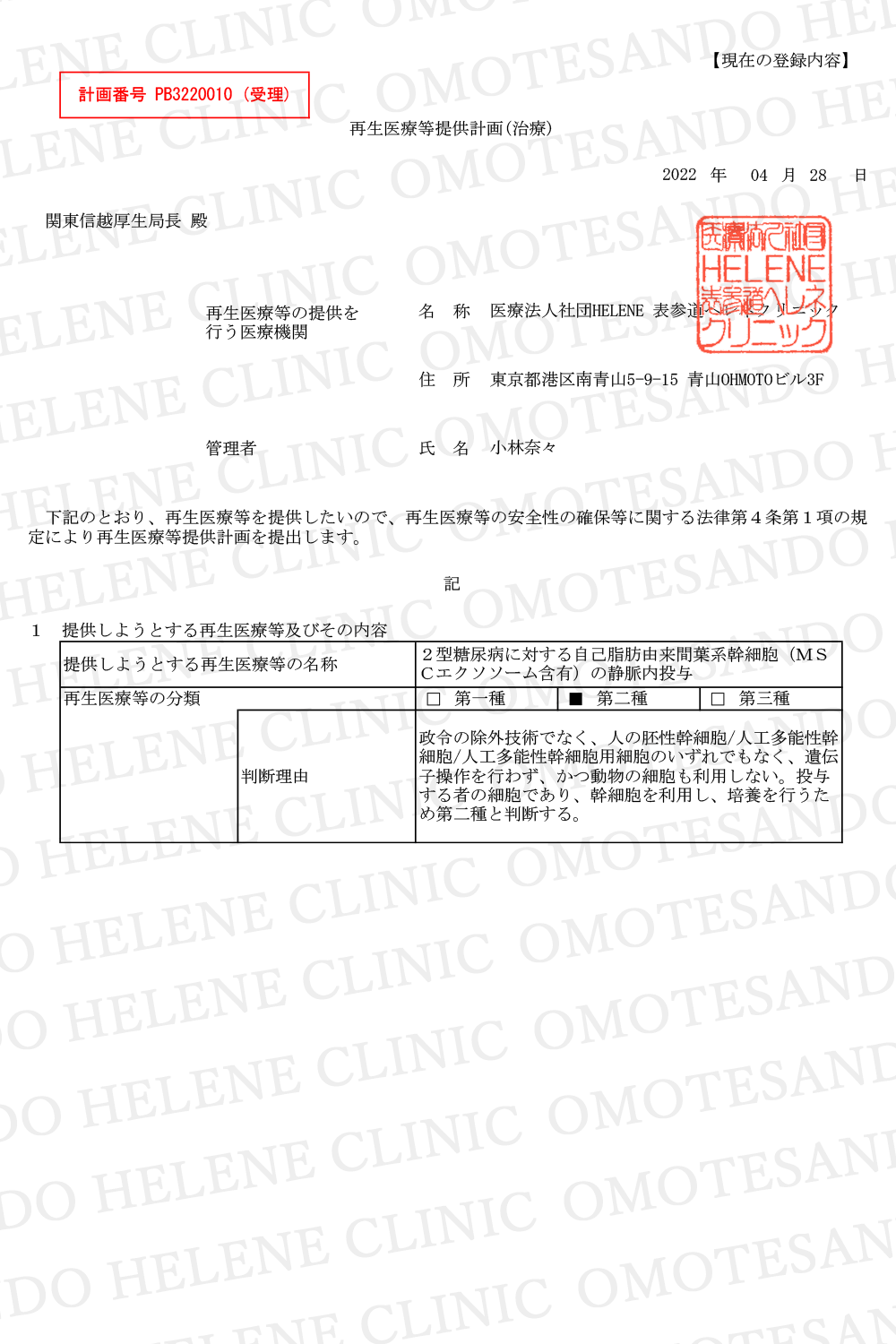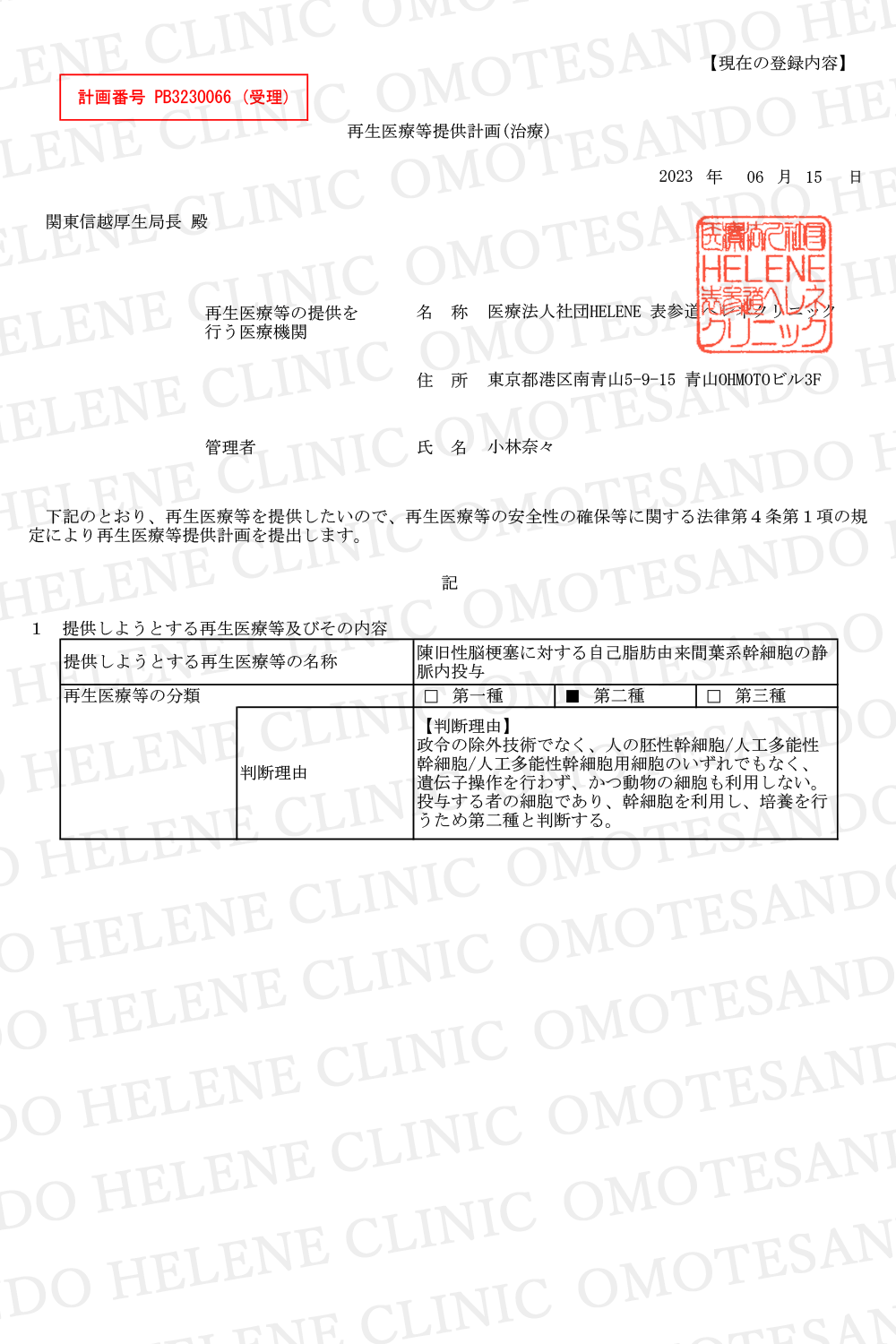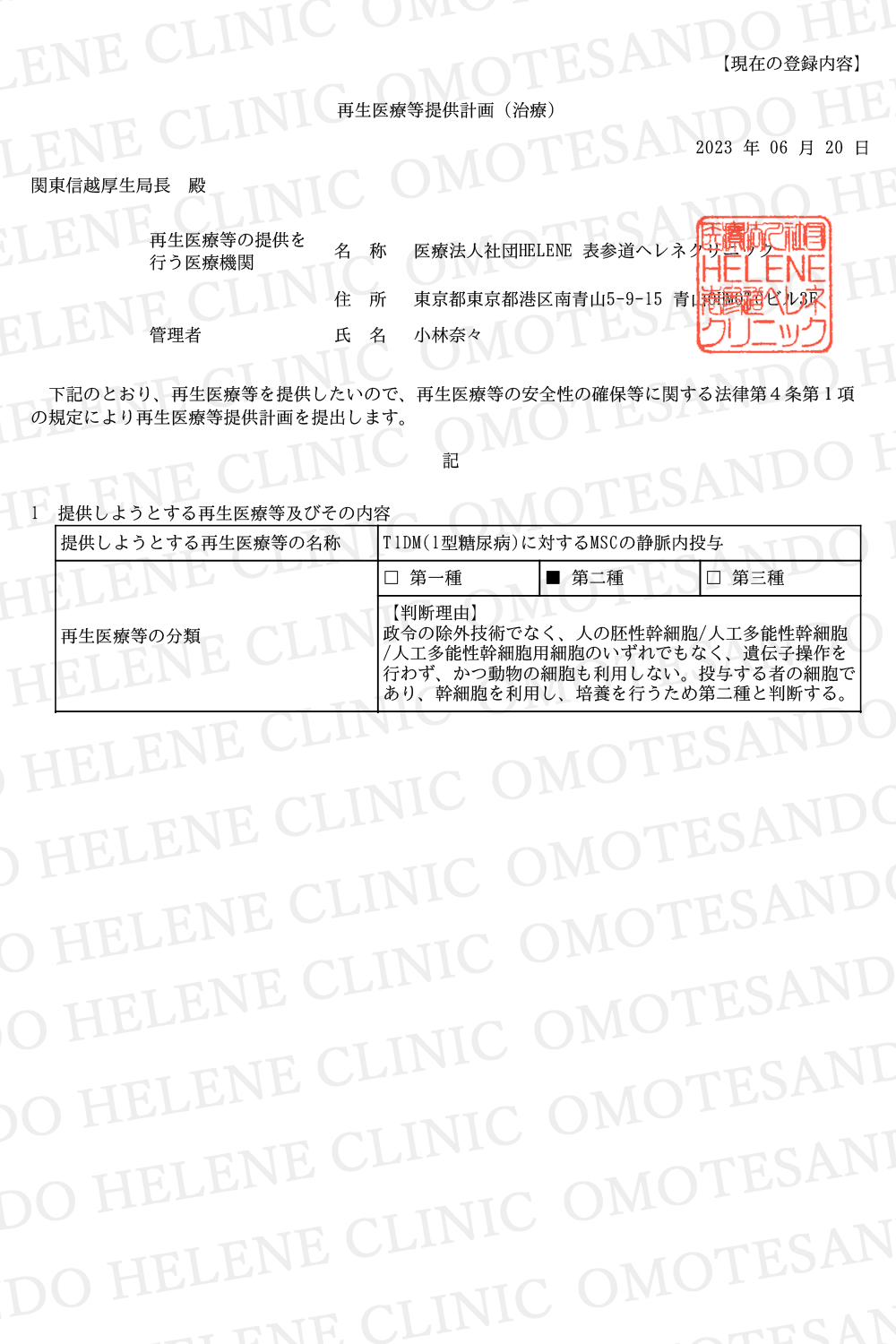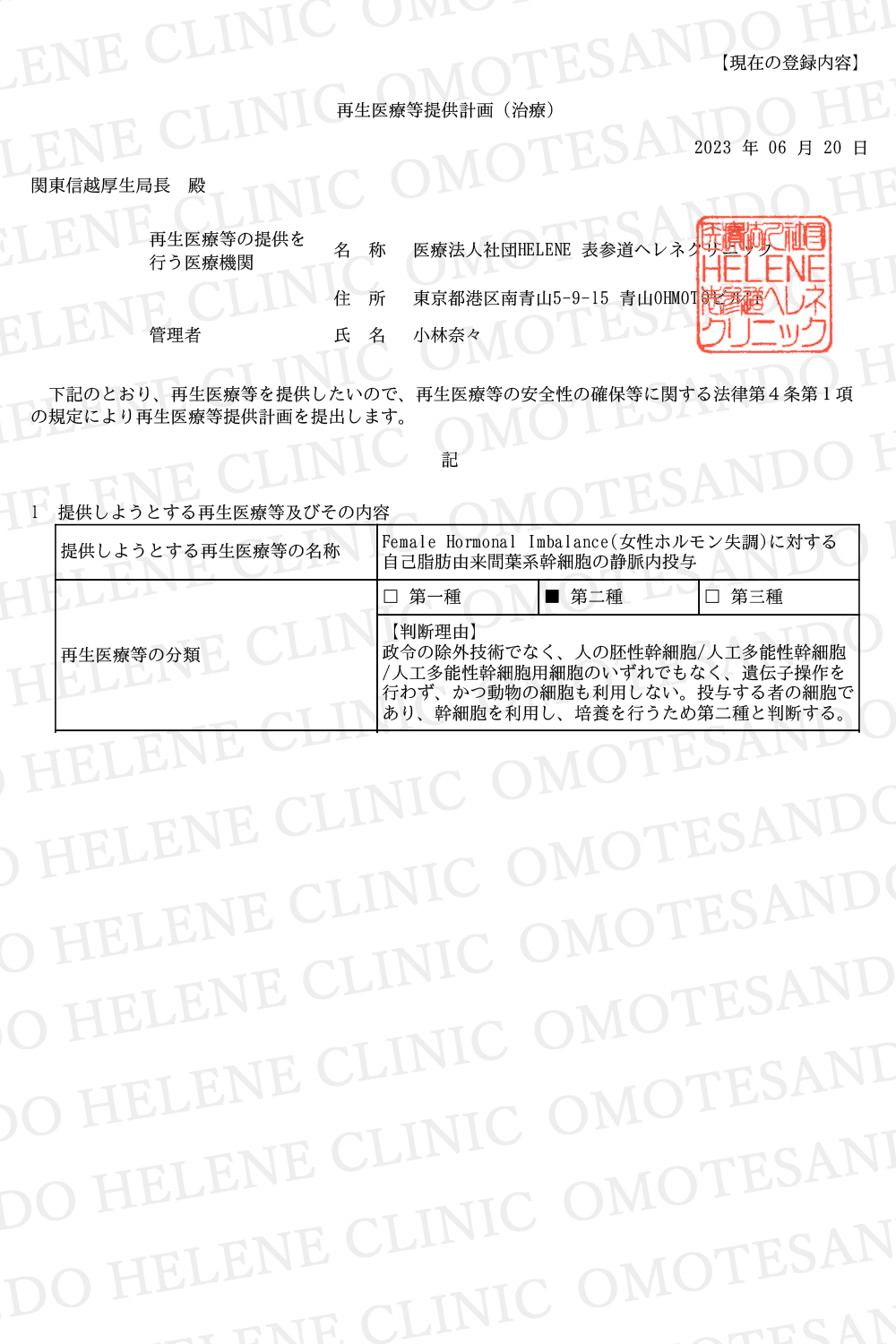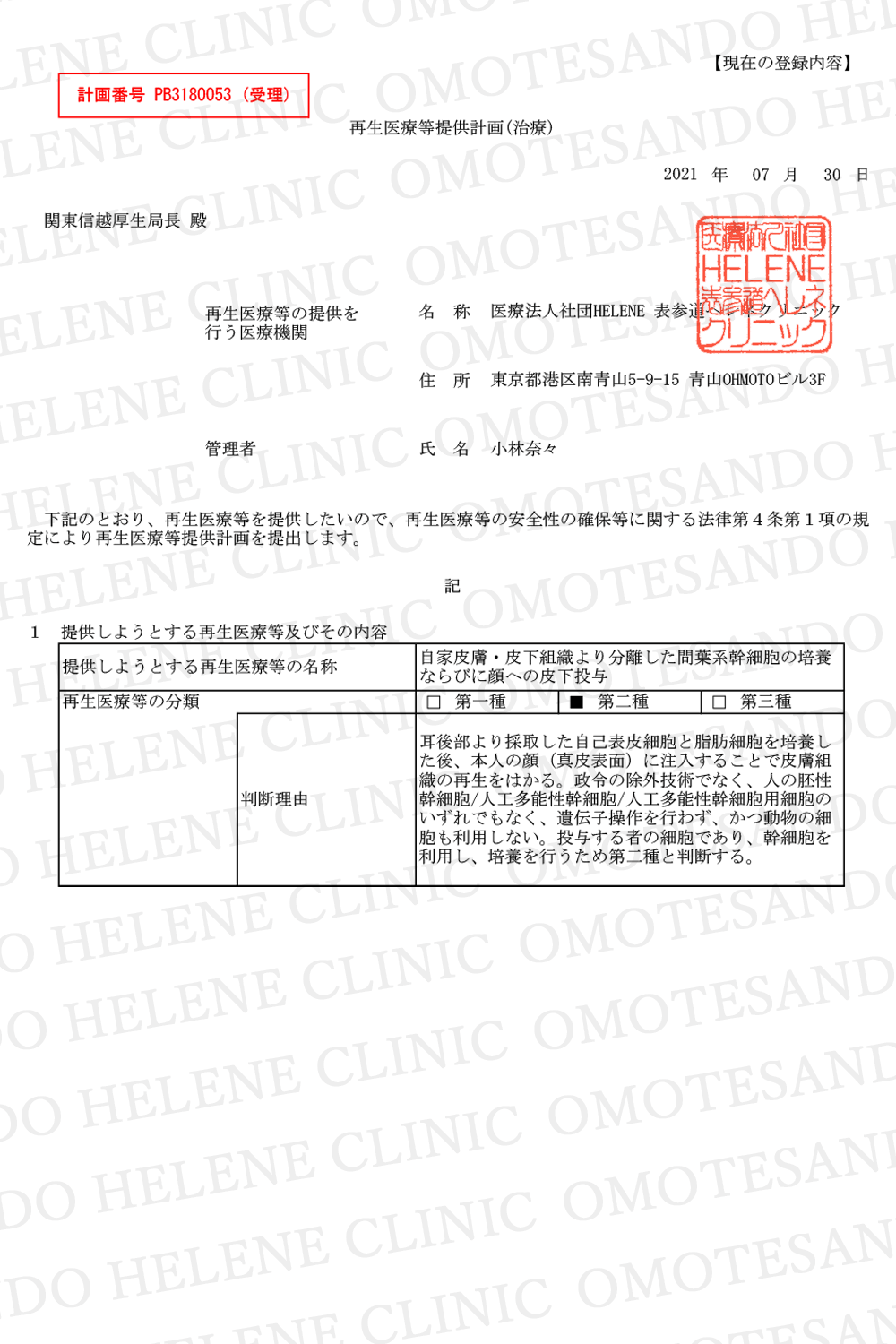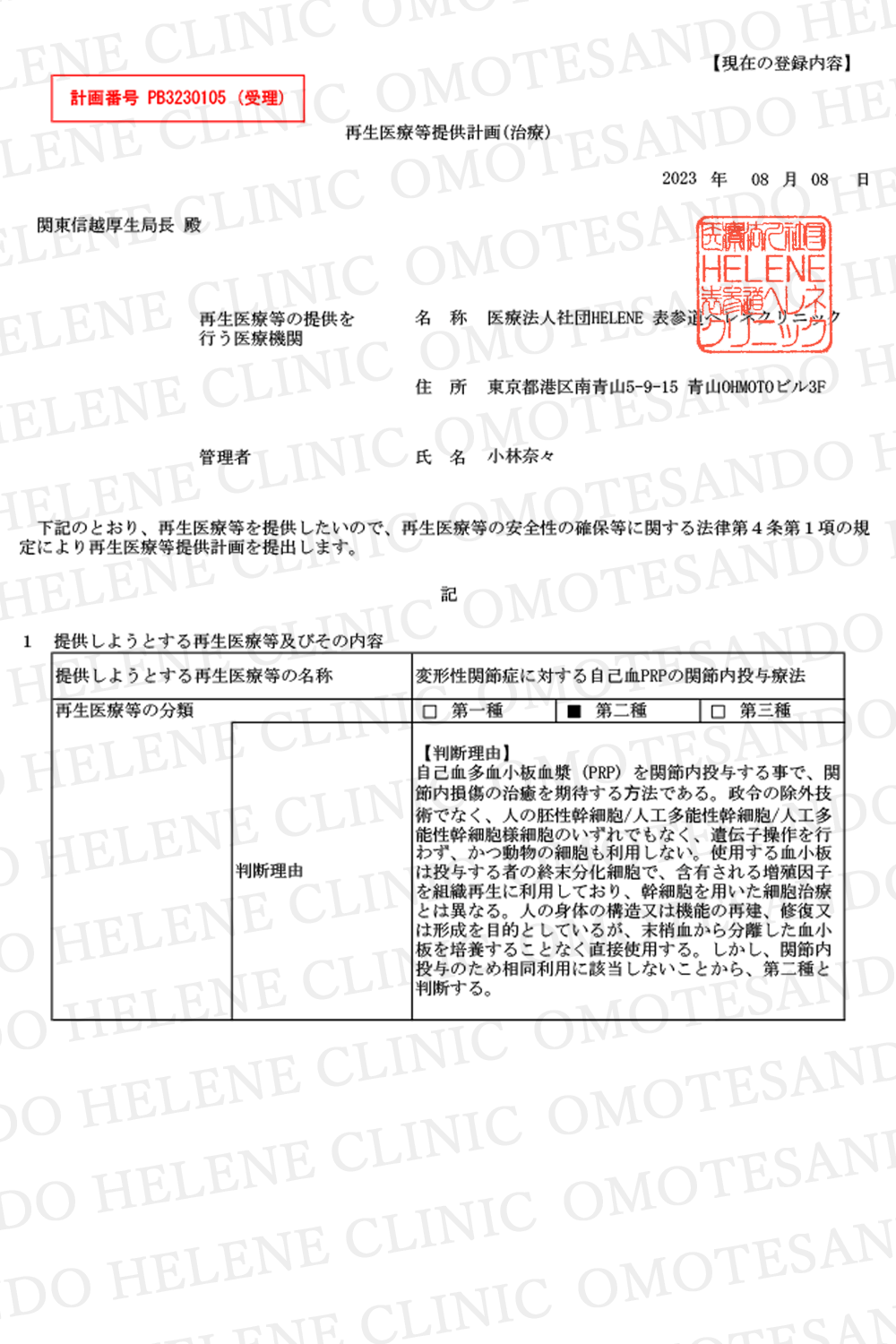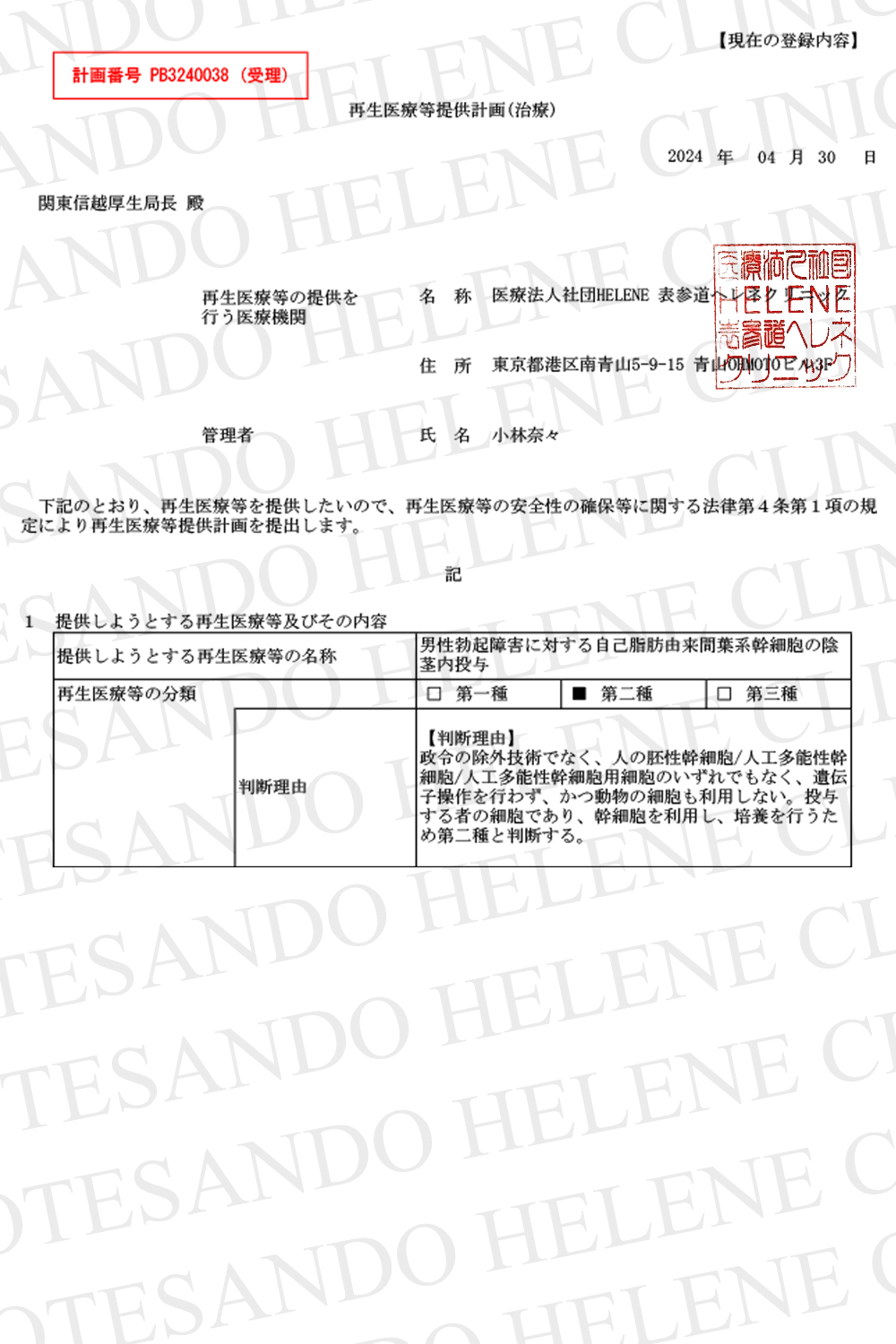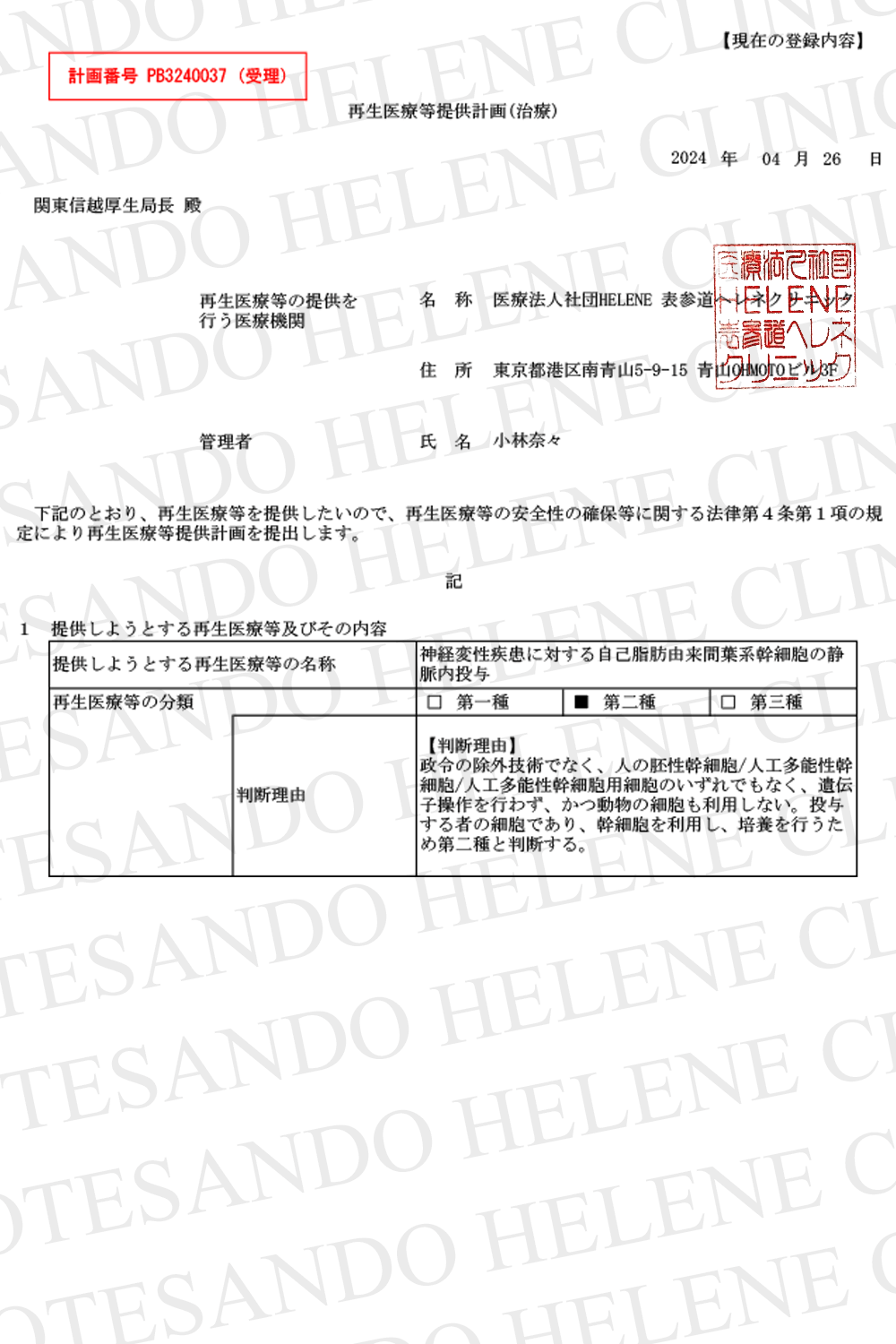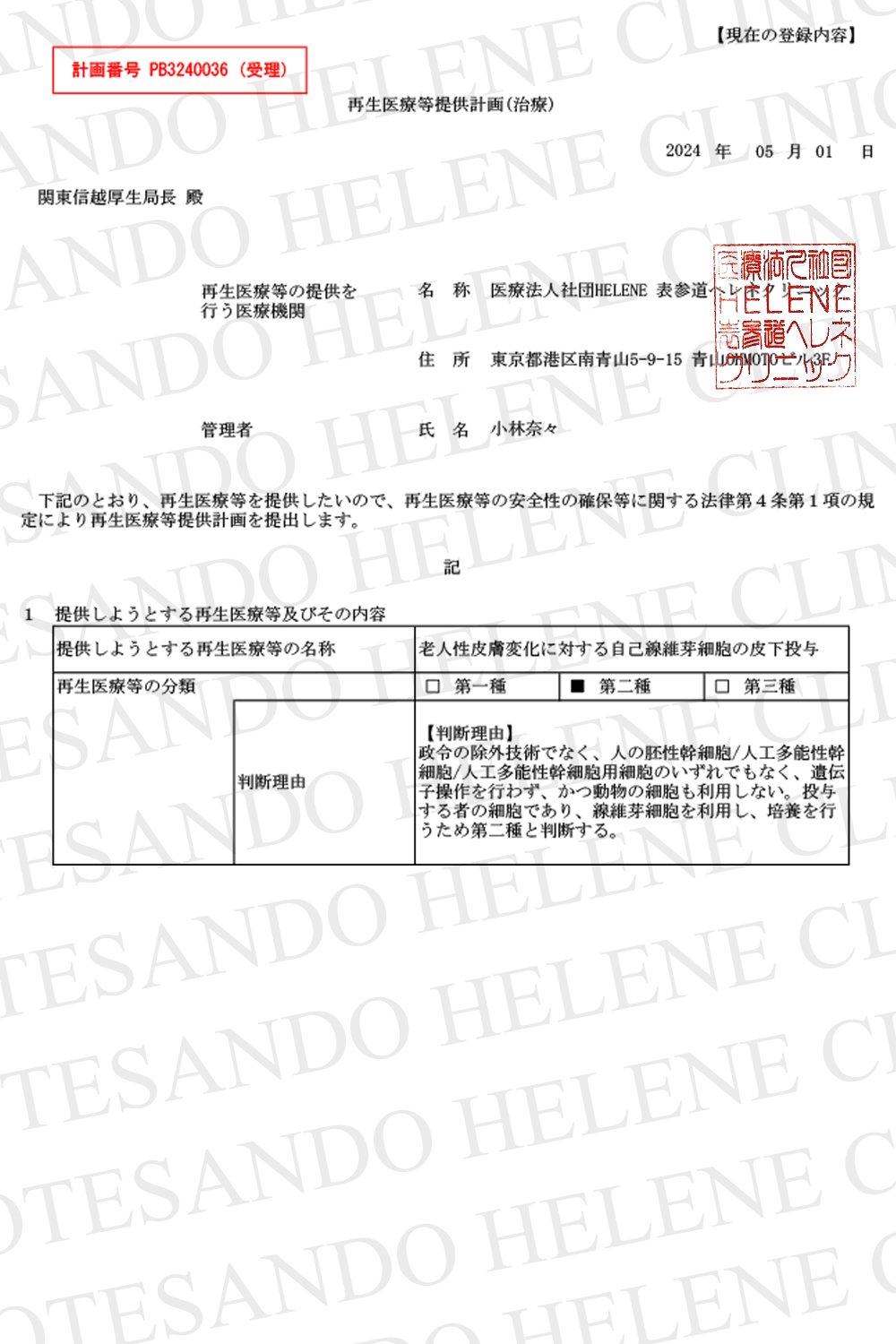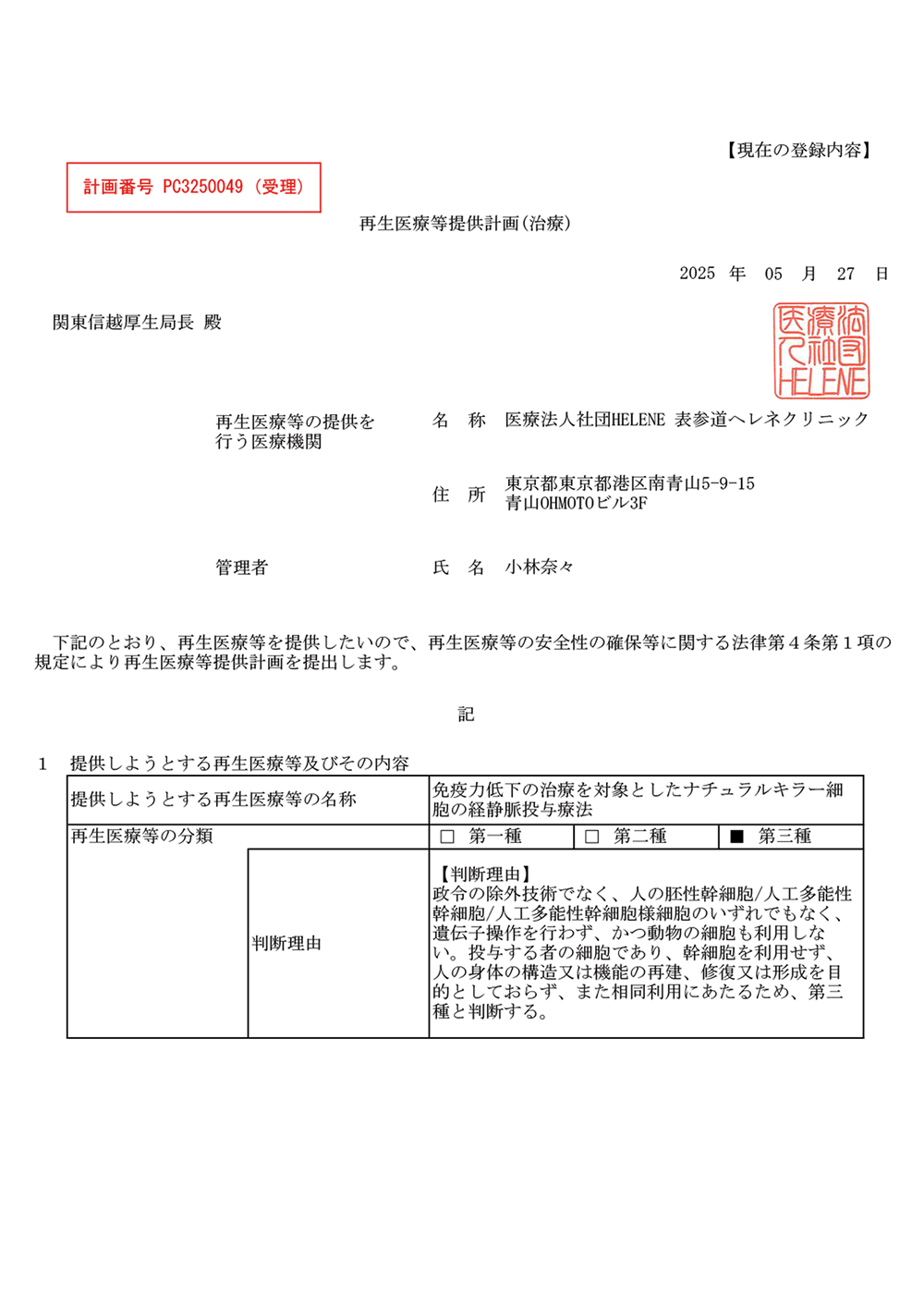MSC principle
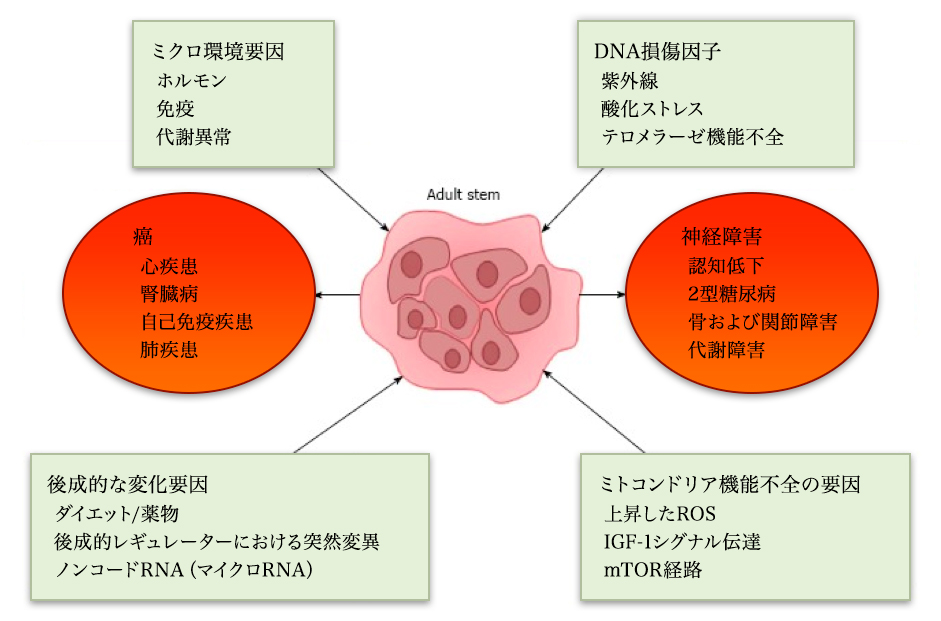
Effect of MSC transplantation on diabetic cardiomyopathy. (A) MSC increases MMP-2 activation, suppresses activation of MMP-9, and attenuates cardiac remodeling. (B) MSCs produce VEGF, IGF-1, AM, HGF and stimulate myogenesis and angiogenesis in damaged myocardium. (C) Via differentiation into cardiomyocytes and vascular endothelial cells, MSC improves myocardial perfusion and myocardial regeneration. Abbreviations: AM, Adrenomedullin; HGF, Hepatocyte growth factor; IGF-1, Insulin-like growth factor-1; MMP, Matrix metalloprotease; MSC, Mesenchymal stem cell; VEGF, Vascular endothelial growth factor
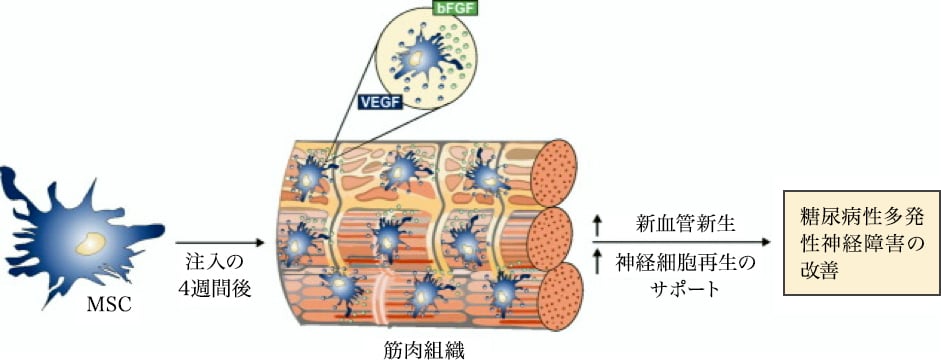
The effect of MSC treatment on diabetic polyneuropathy. Four weeks after intramuscular injection, MSCs deposit in the interstitial space of myofibers through the production of bFGF and VEGF, and induce neovascularization and support regeneration of neuronal cells leading to amelioration of diabetic polyneuropathy. Abbreviations: bFGF, Basic fibroblast growth factor; MSC, Mesenchymal stem cells; VEGF, Vascular endothelial growth factor
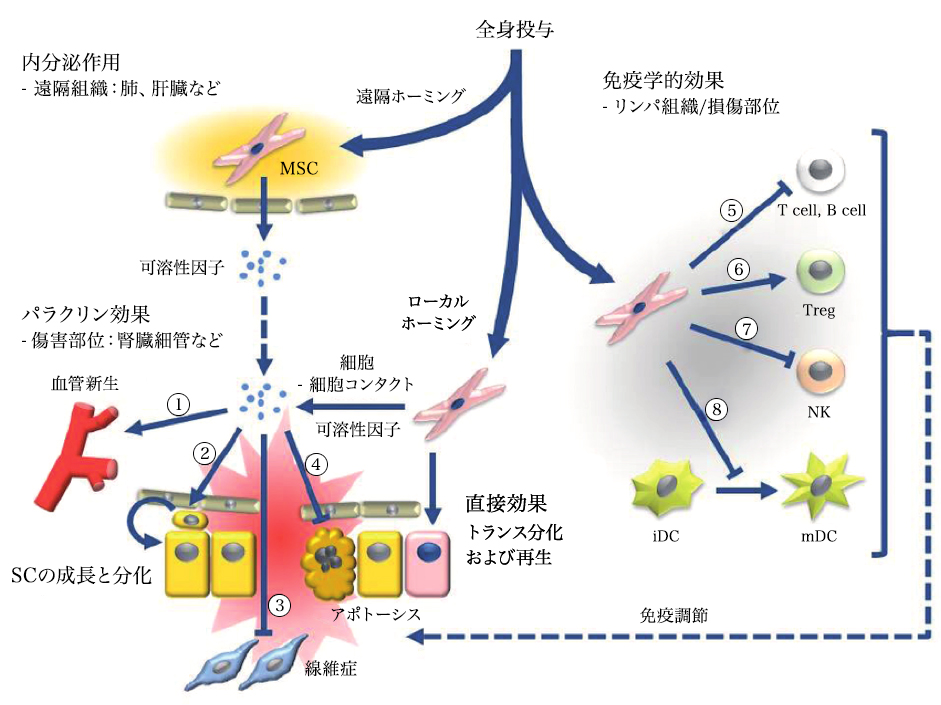
Systemic administration of mesenchymal stem cells can induce terminal (endocrine) or local (paracrine) effects including cell-mediated effects. 1) Vascular endothelial growth factor (VEGF), insulin-like growth factor 1 (IGF-1), monocyte chemoattractant protein 1 (MCP 1), basic fibroblast growth factor (bFGF), interleukin 6 (IL 6) 2 ) Stem cell proliferation and differentiation: inhibition of stem cell factor (SCF), leukemia inhibitory factor (LIF), macrophage colony stimulating factor (M CSF), stromal cell derived factor 1 (SDF 1), angiopoietin 1, activin A 3) Hepatocyte growth factor (HGF), bFGF, adrenomedullin (ADM) 4) Inhibition of apoptosis: VEGF, HGF, IGF1, transforming growth factor (TGF) β, bFGF, granulocyte macrophage colony stimulating factor (GM CSF), activin A, thrombospondin 1. Immune-mediated effects include the following (5-8) 5) T and B cell suppression: human leukocyte antigen G5 (HLA G5), HGF, inducible nitric oxide synthase (iNOS), indoleamine 2 , 3 dioxygenase (IDO), prostaglandin E 2 (PGE 2), bFGF, TGFβ 6) Induced differentiation and proliferation by TGFβ expression of regulatory T cells (Treg). 7) Inhibition of natural killer (NK) cells by secretion of IDO, PGE 2 and TGFβ. 8) Inhibition of dendritic cell (DC) maturation by secretion of PGE 2.
The figure "Stem Cell Res Ther" was reproduced by Carrión and Figueroa. 2011 May 11;2(3):23.
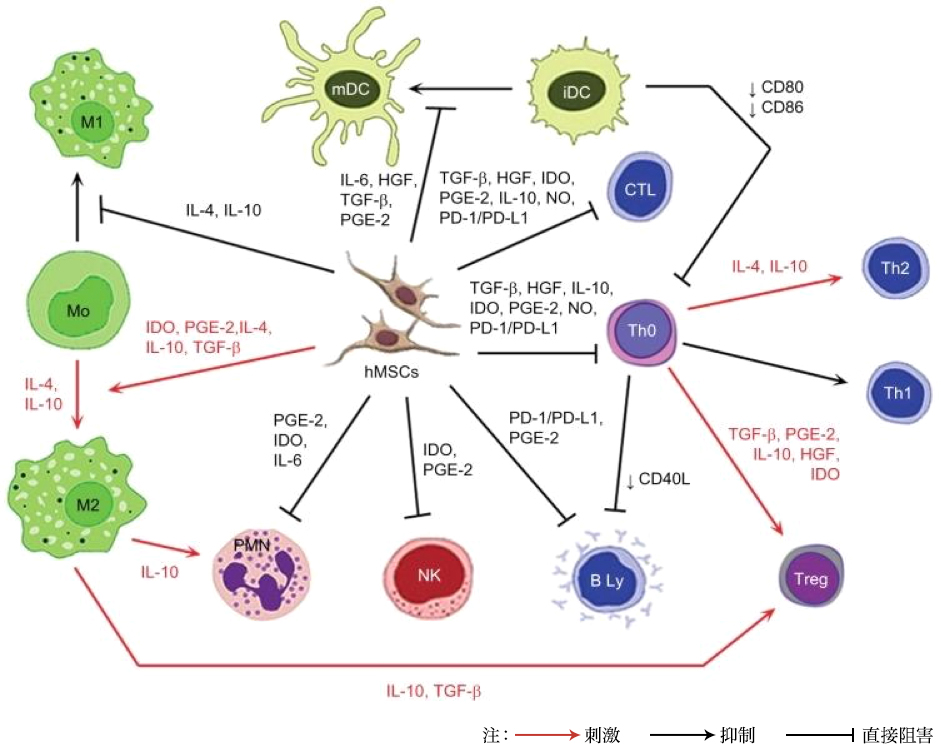
Note: red arrows: stimulation; black arrows: inhibition; unhooked arrows: direct inhibition.
Abbreviations: iDC, Immature dendritic cells; IL, Interleukin; HGF, Hepatocyte growth factor; TGF-β, Transforming growth factor-β; PGE-2, Prostaglandin E 2; IDO, Indoleamine 2,3- Treg, T regulatory; Th, T helper; CTL, Cytotoxic T cell; mDC, Mature cotyledon, Mature dendritic cell PD-1, Programmed cell death protein 1; PMN, Polymorphonuclear leukocyte; NK, NK cell
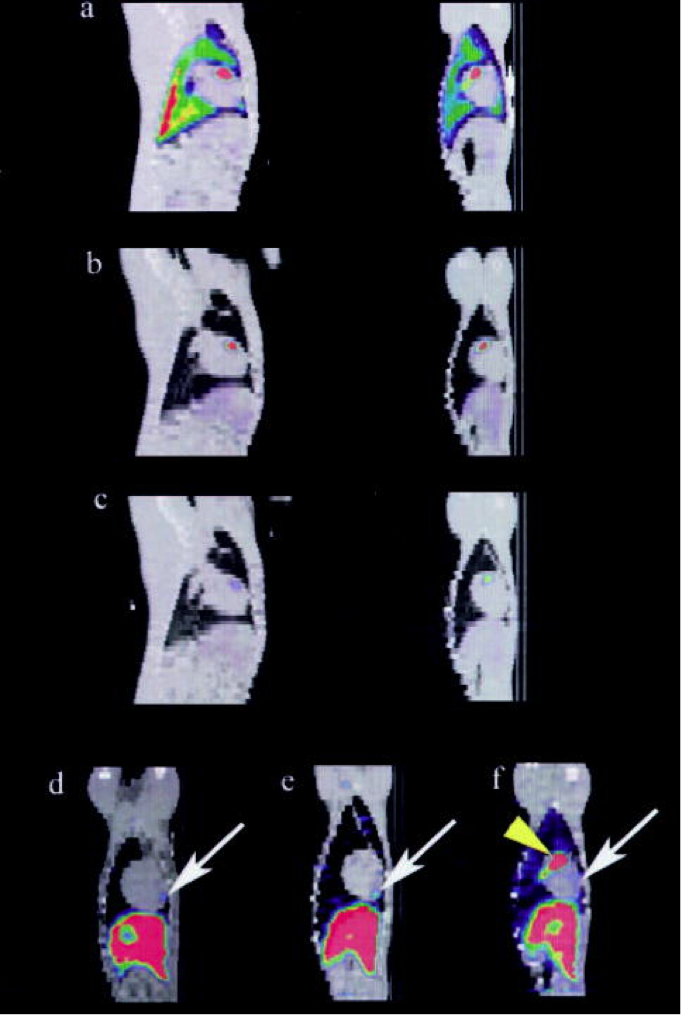
The sagittal plane (left) of the SPECT / CT image fused to day 1 (a), day 2 (b) and day 7 (c) showing local uptake in the anterior ventricular region of the animal’s heart, and this is the coronal plane (right). At the last imaging time (day 5 to 8), the anterior apical area of the MSC uptake (arrow) is shown in three representative animals in the coronal structure map. The vertex distribution ahead of this existed regardless. (Only yellow arrow of f)
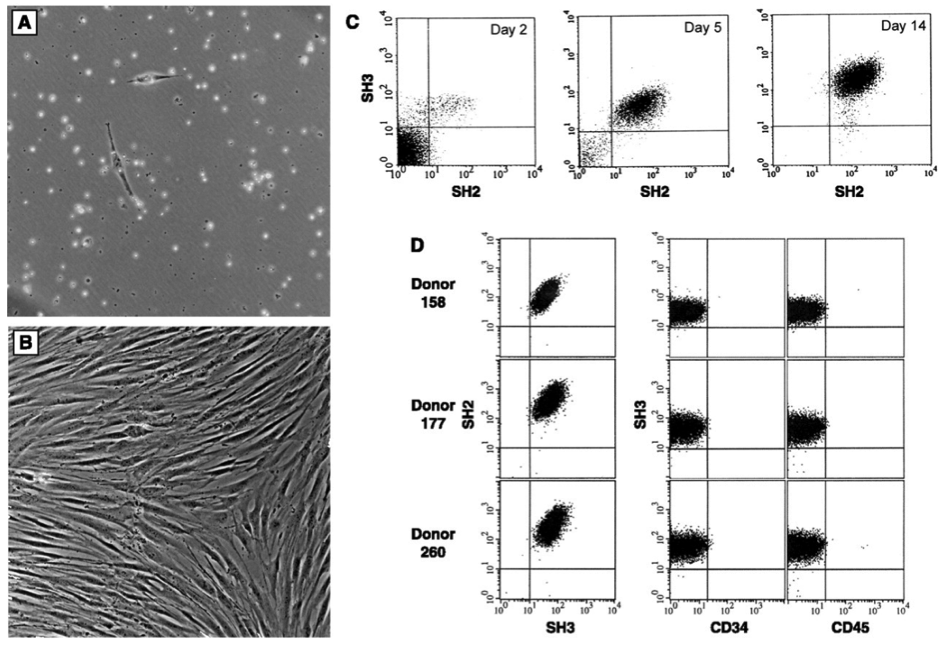
Characteristics of isolated bone marrow stromal cells. Cells are cultured from the bone marrow after density fractionation and are shown as (A) 48 hours after plating and (B) 10 days after plating. (C) Flow cytometry shows enrichment of these cultured cells. Results were obtained on day 2, day 5, and day 14 of culture using antibodies SH2 and SH3 generated against surface markers. (11) On day 14, the cells were 95-99% homogeneous and the reaction to the antigen CD14, CD34 (Becton-Dickinson), or CD45 (Pharmingen) common to hematopoietic cells was negative. (D) Homogeneity and reproducibility of the isolation procedure was demonstrated by flow cytometry


